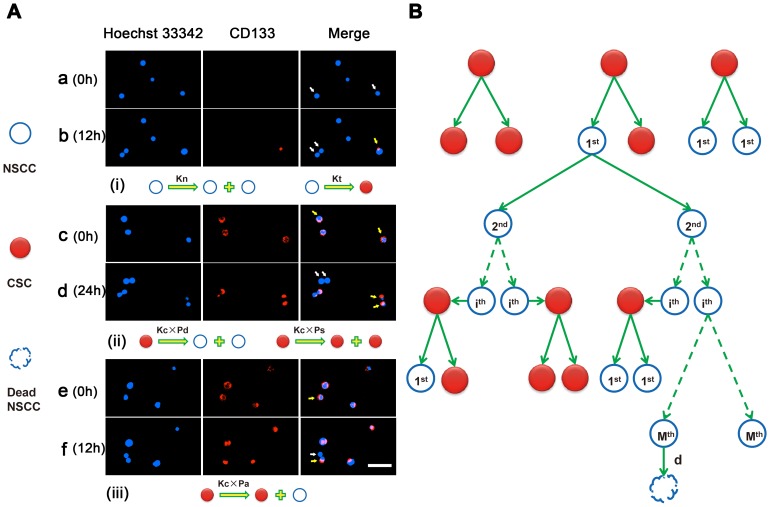Figure 1. Divisions and transitions of CSCs/NSCCs as well as kinetics and scheme of the model.
(A). Typical division types of CSCs/NSCCs and transition from NSCC to CSC. Scale bar equals 50 µm. (a–b) Typical in situ division type of a NSCC (white arrow) and transition from a NSCC to a CSC (yellow arrow); (c–d). Typical in situ symmetric divisions of CSCs: self-renewal (one CSC divides into two CSCs) and differentiation (One CSC divides into two NSCCs); NSCC (white arrow), CSC (yellow arrow). (e–f). Typical in situ asymmetric division of CSC (One CSC divide into one CSC and one NSCC); NSCC (white arrow), CSC (yellow arrow). (i). Kinetic equations that correspond to the phenomena in a and b. (ii) Kinetic equations that correspond to the phenomena in c and d. (iii)Kinetic equation that corresponds to the phenomenon in e and f. (B). Scheme of the model based on the experimental results.

